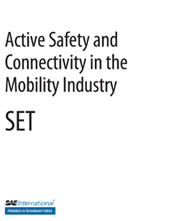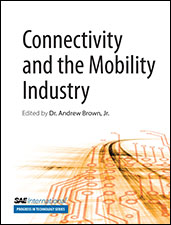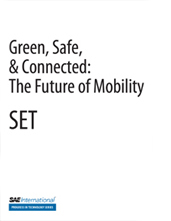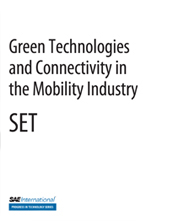Technical Paper
Implementation of Machine Learning in Acoustics Source Detection by Leveraging Synthetic Sound Data Generation Approach
2024-01-16
2024-26-0213
E-Mobility and low noise IC Engines has pushed product development teams to focus more on sound quality rather than just on reduced noise levels and legislative needs. Furthermore, qualification of products from a sound quality perspective from an end of line testing requirement is also a major challenge. End of line (EOL) NVH testing is key evaluation criteria for product quality with respect to NVH and warranty. Currently for subsystem or component level evaluation, subjective assessment of the components is done by a person to segregate OK and NOK components. As human factor is included, the process becomes very subjective and time consuming. Components with different acceptance criteria will be present and it’s difficult to point out the root cause for NOK components. In this paper, implementation of machine learning is done for acoustic source detection at end of line testing.









